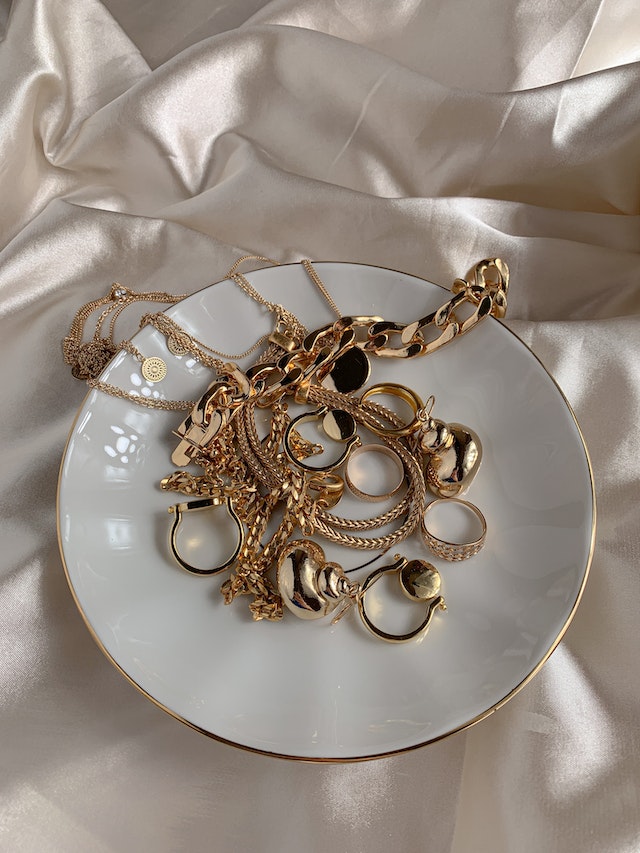Jewelry has been an integral part of human civilization for centuries, transcending time and culture. Its alluring beauty and symbolic significance have captivated hearts and minds, making it not only a personal adornment but also a reflection of cultural heritage. In this blog, we will delve into the fascinating world of jewelry history, exploring its evolution, symbolism, and timeless allure.
- Origins of Jewelry:
The story of jewelry begins long before recorded history. Archaeological discoveries reveal that ancient civilizations such as the Egyptians, Mesopotamians, and Greeks adorned themselves with precious metals, gemstones, and intricately designed ornaments. From simple beads to elaborate headpieces, jewelry served various purposes, including religious, social, and even protective roles.
- Ancient Symbolism:
In ancient times, jewelry played a significant role as a symbol of wealth, power, and status. Royal families bedecked themselves with extravagant pieces, showcasing their opulence and authority. Beyond material value, jewelry often carried deep symbolism, representing spiritual beliefs, protection from evil, or even fertility and prosperity.
- Renaissance and Baroque Eras:
The Renaissance period marked a shift in jewelry design, with a focus on intricate craftsmanship and intricate details. Gemstones regained popularity, and new techniques such as enameling and filigree emerged. The Baroque era witnessed the rise of extravagant, oversized pieces adorned with pearls, diamonds, and colorful gemstones.
- Victorian Era:
The Victorian era brought a significant transformation in jewelry trends, influenced by Queen Victoria’s love for sentimental and symbolic pieces. Lockets, mourning jewelry, and pieces featuring romantic motifs like hearts and flowers were the essence of this era. The advent of industrialization also introduced mass production techniques, making jewelry more accessible to the middle class.
- Art Nouveau and Art Deco Movements:
In the late 19th and early 20th centuries, Art Nouveau and Art Deco emerged as distinctive artistic movements. Art Nouveau jewelry embraced flowing, organic forms inspired by nature, often using enamel, semi-precious stones, and innovative materials. In contrast, the Art Deco style embraced geometric shapes, bold colors, and the elegance of diamonds and platinum.
- Contemporary Trends:
The 20th century witnessed an explosion of creative and diverse jewelry styles, reflecting changing societal values and technological advancements. From the minimalist designs of the 1950s to the bold experimentation of the 1980s, jewelry became an expression of individuality and personal taste. Today, contemporary jewelry blends traditional techniques with innovative materials, pushing boundaries in design and aesthetics.
- Beyond Adornment: Jewelry as Art:
Jewelry has transcended its role as mere adornment and has become recognized as wearable art. Artists and designers explore new materials, unconventional forms, and thought-provoking concepts, challenging traditional notions of jewelry. This contemporary approach blurs the boundaries between jewelry, sculpture, and fashion, creating pieces that are cherished for their artistic value as much as their craftsmanship.
Conclusion:
The journey through jewelry history takes us on a mesmerizing ride, showcasing the evolution of design, craftsmanship, and cultural significance. From ancient civilizations to modern-day creations, jewelry continues to captivate us with its timeless allure. It is not only an outward expression of beauty but also carries stories, traditions, and emotions. The rich tapestry of jewelry history reminds us of our shared human fascination with adornment and the everlasting power of precious objects.


Leave a Reply